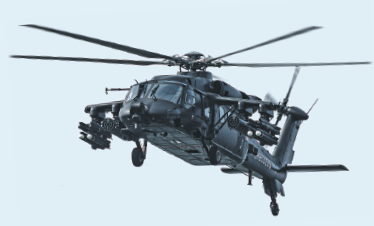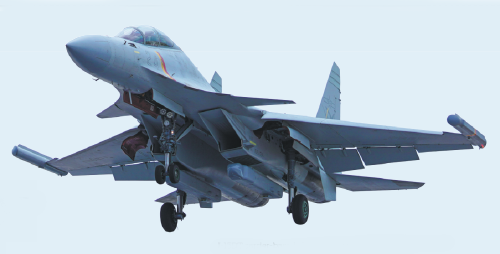Sky's no limit
PLA parades its latest world-class military equipment in demonstration of nation's growing superiority in the air


Z-20T assault helicopter
"It can also be used to train new aviators to familiarize them with the cutting-edge fighter jet as quickly as possible," Fu said.
The J-20 baseline model is China's first stealth combat aircraft. It sparked nationwide enthusiasm on Jan 11, 2011, after its maiden flight was revealed to the public.
Code-named the Mighty Dragon, it made its public debut on Nov 1, 2016. It entered service with the Air Force later that year, becoming only the world's third stealth fighter jet to enter service following the F-22 Raptor and F-35 Lightning II from the United States.
Another J-20 variant on display, the J-20A, has several external differences with the baseline model. It features an enlarged spine, a reshaped nose cone and modified intakes optimized for new, more powerful domestically developed engines.
Its engines are widely believed to have thrust vector control technology that provides significant benefits in flight maneuverability.
J-15DT carrier-based electronic warfare jet
The technology enables a pilot to adjust the engine exhaust nozzles to redirect thrust, allowing the plane to carry out previously unimaginable maneuvers at very high angles of attack, meaning its nose is pointed at an angle greatly exceeding the jet's current vector.
This capability is expected to greatly assist fighter pilots when evading a missile or seeking an advantageous position in within-visual-range air combat.
In addition to stunning tactical maneuvers, the new powerplants may also bring about higher fuel efficiency and longer flight range.
Wang from Aerospace Knowledge said the J-20A's optimized aerodynamic configuration, especially the slightly raised spine, has created more internal space that can be used for extra sensors or fuel tanks.
- Youth trace roots by sharing stories
- Food delivery platforms to do away with financial penalties, sparking debate
- Data show rising labor, business disputes
- Bocholt group visits Wuxi to honor friendship
- Domestic tourism sees major jump in visitors and spending
- Vibrant autumn colors attract tourists to Changchun park





































